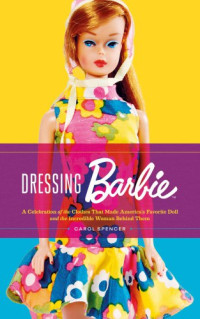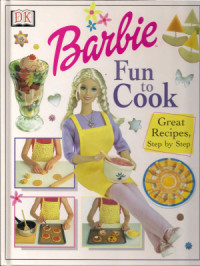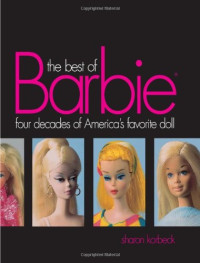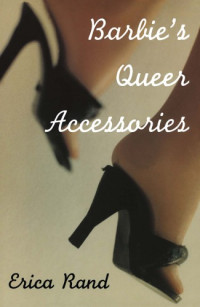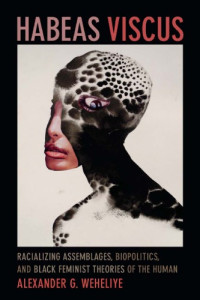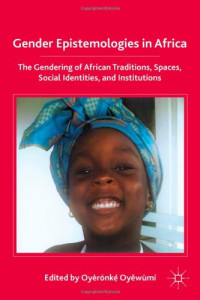
Barbie’s Queer Accessories
Erica Rand
She’s skinny, white, and blond. She’s Barbie—an icon of femininity to generations of American girls. She’s also multiethnic and straight — or so says Mattel, Barbie’s manufacturer. But, as Barbie’s Queer Accessories demonstrates, many girls do things with Barbie never seen in any commercial. Erica Rand looks at the corporate marketing strategies used to create Barbie’s versatile (She’s a rapper! She’s an astronaut! She’s a bride!) but nonetheless premolded and still predominantly white image. Rand weighs the values Mattel seeks to embody in Barbie — evident, for example, in her improbably thin waist and her heterosexual partner — against the naked, dyked out, transgendered, and trashed versions favored by many juvenile owners and adult collectors of the doll.
Rand begins by focusing on the production and marketing of Barbie, starting in 1959, including Mattel’s numerous tie-ins and spin-offs. These variations, which include the much-promoted multiethnic Barbies and the controversial Earring Magic Ken, helped make the doll one of the most profitable toys on the market. In lively chapters based on extensive interviews, the author discusses adult testimony from both Barbie "survivors" and enthusiasts and explores how memories of the doll fit into women’s lives. Finally, Rand looks at cultural reappropriations of Barbie by artists, collectors, and especially lesbians and gay men, and considers resistance to Barbie as a form of social and political activism.
Illustrated with photographs of various interpretations and alterations of Barbie, this book encompasses both Barbie glorification and abjection as it testifies to the irrefutably compelling qualities of this bestselling toy. Anyone who has played with Barbie — or, more importantly, thought or worried about playing with Barbie—will find this book fascinating.
Endorsement:
"Over the course of the 1980s, Barbie has become an artist’s model, a collector’s ‘fetish,’ and, as Erica Rand shows us, an object of collective and personal memory. Barbie’s Queer Accessories will help to open up important issues about queer readings in relationship to one of the most feminine coded objects of contemporary culture." — Lynn Spigel, author of, Make Room for TV: Television and the Family Ideal in Postwar America
Rand begins by focusing on the production and marketing of Barbie, starting in 1959, including Mattel’s numerous tie-ins and spin-offs. These variations, which include the much-promoted multiethnic Barbies and the controversial Earring Magic Ken, helped make the doll one of the most profitable toys on the market. In lively chapters based on extensive interviews, the author discusses adult testimony from both Barbie "survivors" and enthusiasts and explores how memories of the doll fit into women’s lives. Finally, Rand looks at cultural reappropriations of Barbie by artists, collectors, and especially lesbians and gay men, and considers resistance to Barbie as a form of social and political activism.
Illustrated with photographs of various interpretations and alterations of Barbie, this book encompasses both Barbie glorification and abjection as it testifies to the irrefutably compelling qualities of this bestselling toy. Anyone who has played with Barbie — or, more importantly, thought or worried about playing with Barbie—will find this book fascinating.
Endorsement:
"Over the course of the 1980s, Barbie has become an artist’s model, a collector’s ‘fetish,’ and, as Erica Rand shows us, an object of collective and personal memory. Barbie’s Queer Accessories will help to open up important issues about queer readings in relationship to one of the most feminine coded objects of contemporary culture." — Lynn Spigel, author of, Make Room for TV: Television and the Family Ideal in Postwar America
年:
1995
出版社:
Duke University Press
语言:
english
页:
225
ISBN 10:
082231620X
ISBN 13:
9780822316206
系列:
Series Q
文件:
PDF, 15.18 MB
IPFS:
,
english, 1995
 Amazon
Amazon  Barnes & Noble
Barnes & Noble  Bookshop.org
Bookshop.org  转换文件
转换文件 更多搜索结果
更多搜索结果 其他特权
其他特权 